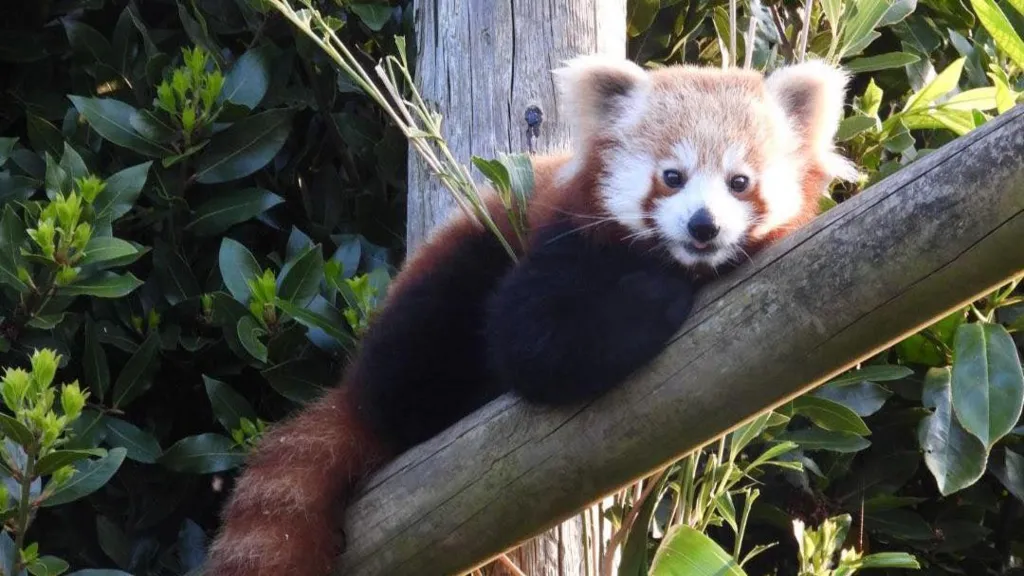Exciting news emerged as a red panda named Flint embarked on a journey to his new home, marking the beginning of an important chapter in an endangered species breeding program.
Flint, who had previously resided at Belfast Zoo, found himself settling into his new abode at Amazon World Zoo Park on the picturesque Isle of Wight. This relocation, which took place on Thursday, heralded the start of a promising venture aimed at bolstering the population of this vulnerable species.
At just 10 months old, Flint wasted no time acquainting himself with his potential mate, Xiao, a 10-year-old female red panda residing at the island zoo. Their introduction took place within a specialized enclosure tailored to accommodate the unique needs of these captivating animals.
In an announcement shared on Facebook, Amazon World Zoo Park expressed optimism for the future, revealing aspirations for Flint and Xiao to become proud parents in the coming years. With hopes set on the prospect of successful breeding, the conservation efforts undertaken by the zoo underscore the vital role they play in safeguarding the future of red pandas and other endangered species.

The successful transfer of Flint to his new home wouldn’t have been possible without the invaluable assistance of the Belfast Zoo team, who played a pivotal role in organizing the logistics of his journey. Their dedication and collaboration ensured a smooth transition for the young red panda, laying the groundwork for his promising future at Amazon World Zoo Park.
Flint’s voyage began with a flight from Belfast City Airport to Heathrow, courtesy of British Airways, before continuing on to the Isle of Wight. This meticulously orchestrated journey exemplifies the global cooperation inherent in international breeding programs, underscoring the collective effort to preserve endangered species like the red panda.
The urgency of such conservation initiatives is underscored by the looming threat of climate change and its adverse effects on wildlife habitats. Red pandas, with their habitat predominantly concentrated in the Eastern Himalayas, face escalating challenges due to rising temperatures and habitat loss.
According to the World Wide Fund for Nature (WWF), the red panda population in the wild has dwindled to less than 10,000 individuals. With nearly half of their habitat situated in the vulnerable Eastern Himalayan region, concerted conservation efforts are crucial to ensuring the survival of this beloved species for generations to come.
